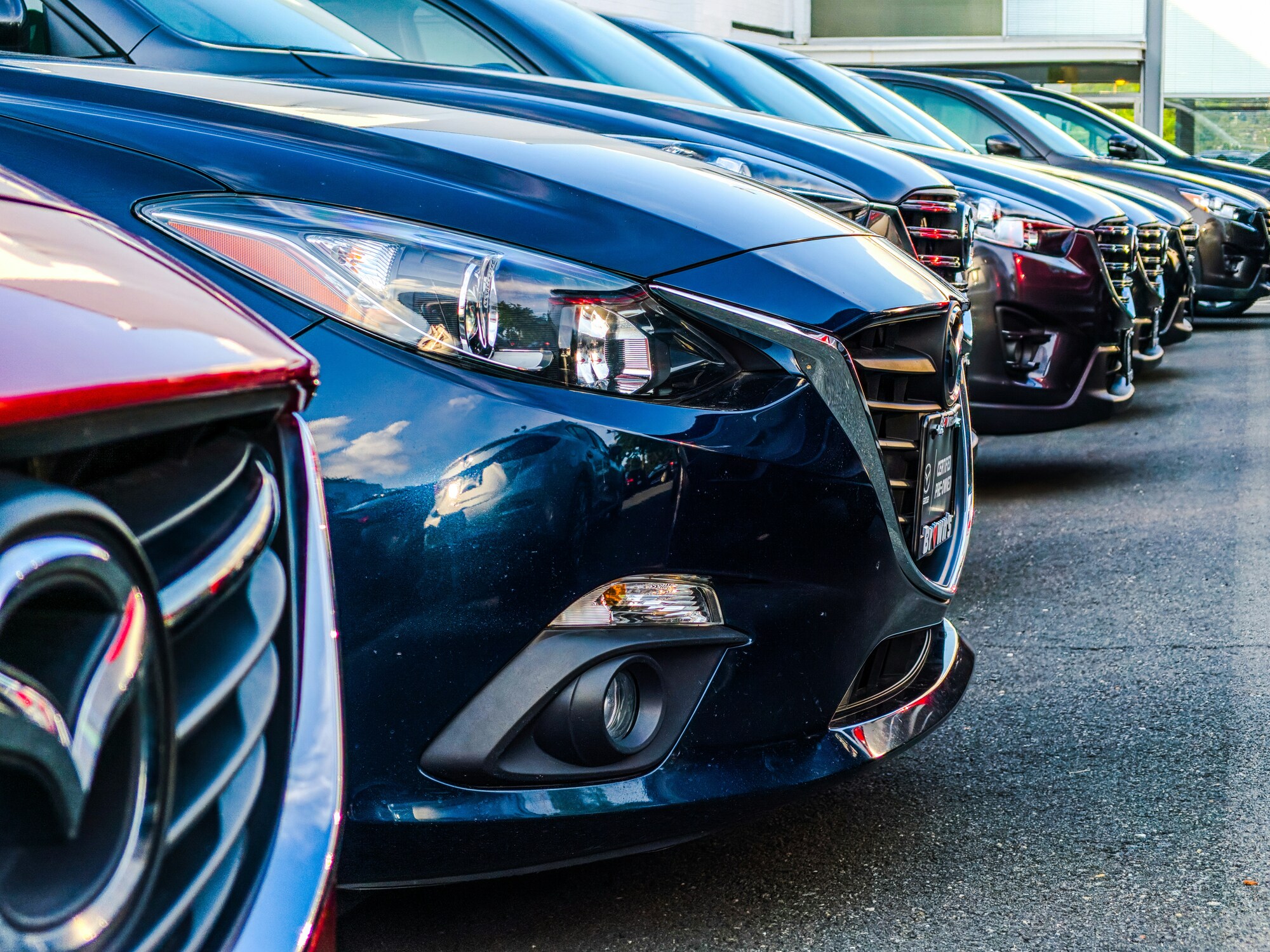
The moment you drive that brand-new car off the dealership lot, a quiet, invisible transaction happens: thousands of dollars vanish. Sure, you’ve got the new car smell. The glossy paint. The fresh start. But beneath that euphoric buzz, the numbers are already working against you. And fast.
Most drivers assume they’re making a smart investment. Or, at the very least, that they’ll get a few good years out of their car before value becomes an issue. But the truth? The biggest hit happens immediately. In some cases, you can lose $10,000 in value before you even hit 10,000 miles.
Here are 10 reasons why driving off the lot might be the most expensive few seconds of your life.
1. Instant Depreciation: The $5,000 “Goodbye”
On average, new cars lose 10–20% of their value the second they leave the lot. That’s thousands of dollars in lost value for doing nothing but turning onto the street. It doesn’t matter that nothing’s wrong with it. It doesn’t matter that it only has 10 miles on the odometer. It’s no longer “new”—and the resale market knows it.
2. Taxes and Fees You’ll Never See Again
When you buy a new car, you’re not just paying the sticker price. Sales tax, documentation fees, delivery charges, registration—all of it gets lumped into your total cost. And unlike some parts of your investment, these costs can never be recovered. Even if you sold the car tomorrow, that $2,000+ in taxes and fees? Gone for good.
3. Overpaying for the “Latest and Greatest” Features
That sleek touchscreen, the automatic parallel parking, the Wi-Fi hotspot—it’s tempting. But carmakers bank on consumers shelling out for the newest tech every year, even though many features lose perceived value quickly. In a year, the same model with similar features will cost less. And that premium you paid? That’s money you’re unlikely to recoup when you sell.
4. Dealer Add-Ons That Inflate the Bottom Line
From paint protection plans to nitrogen-filled tires and extended warranties you didn’t ask for, dealer add-ons pad the profit—not your car’s long-term value. You might drive off with a smile and a free keychain, but you’re often paying hundreds—or thousands—for extras that won’t raise your resale price by a dime.
5. Financing That Makes You Upside-Down Instantly
Unless you paid cash, you’re likely financing the car. But here’s the problem: the moment you leave, your car is worth less than what you owe. That negative equity traps you. If your car is totaled or you want to sell early, you could end up paying money just to get rid of it. And if you rolled over a previous loan? You’ve just compounded the damage.

6. Insurance Premiums Spike
New cars come with higher insurance costs, especially if you’re financing. Lenders often require full coverage, gap insurance, and even higher liability limits, adding hundreds to your monthly expenses. And yet, those insurance costs don’t increase your car’s value—just your cost of owning it.
7. First-Year Repairs Are Rare, But Wear Still Happens
Even if repairs are covered under warranty, wear and tear begin immediately. Brake pads wear. Tires scuff. The interior starts to dull. That showroom condition? It fades faster than you think. By the end of year one, a buyer will view your car as “used,” not nearly new.
8. Trade-In Offers Will Crush You
Let’s say you need to trade in after a year. Maybe your commute changed, or your budget did. Dealers know you’re in a bind, and they also know what your car is worth to them, not to you. They’ll offer low, and you’ll be stuck either taking the hit or finding a private buyer willing to meet you halfway. Either way, you lose.
9. Used Alternatives Offer Better Value, And Everyone Knows It
A car that’s just one or two years old often comes with nearly identical features but costs 20–30% less. That’s why savvy buyers look to gently used cars first. So when you list your just-purchased vehicle, you’re up against more competitive deals, and your car simply won’t hold its price.
10. Emotional Spending Masquerading as Smart Investing
The biggest trap of all? Believing that a new car is a smart financial move. It feels like stability. Like success. Like a reward for hard work. But unless you’re paying cash and plan to keep it for a decade, it’s not an investment. It’s a lifestyle expense with steep depreciation. And by the time you realize it, your car’s value has dropped so far it’s no longer a financial asset. It’s a monthly burden.
So, What Should You Do Instead?
If your dream car is brand-new, and you can afford it without sacrificing long-term financial health? Go for it. But keep your eyes open.
If you’re hoping to avoid the financial gut punch, consider a vehicle that’s 1–3 years old. You’ll skip the worst depreciation, save thousands, and still get modern safety and tech features. No, it won’t smell brand-new. But neither will your wallet be $10,000 lighter.
What’s your biggest regret (or smartest move) when it comes to car buying?
Read More
7 Painful Truths Dealers Hide About Brand-New Cars (and Your Wallet)
Does Distance Really Affect Car Shipping Quotes?
Riley is an Arizona native with over nine years of writing experience. From personal finance to travel to digital marketing to pop culture, she’s written about everything under the sun. When she’s not writing, she’s spending her time outside, reading, or cuddling with her two corgis.
